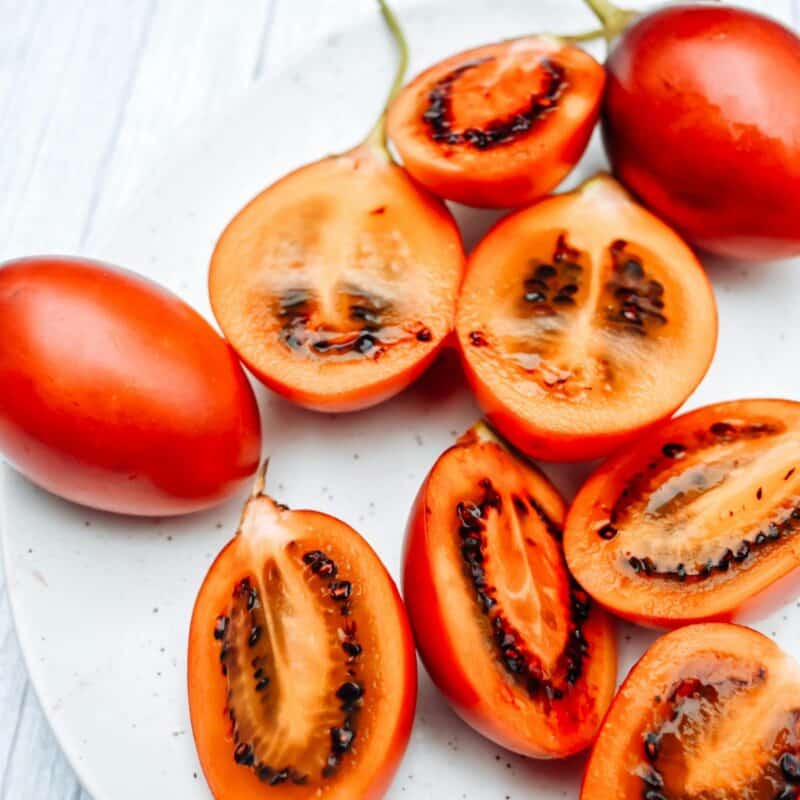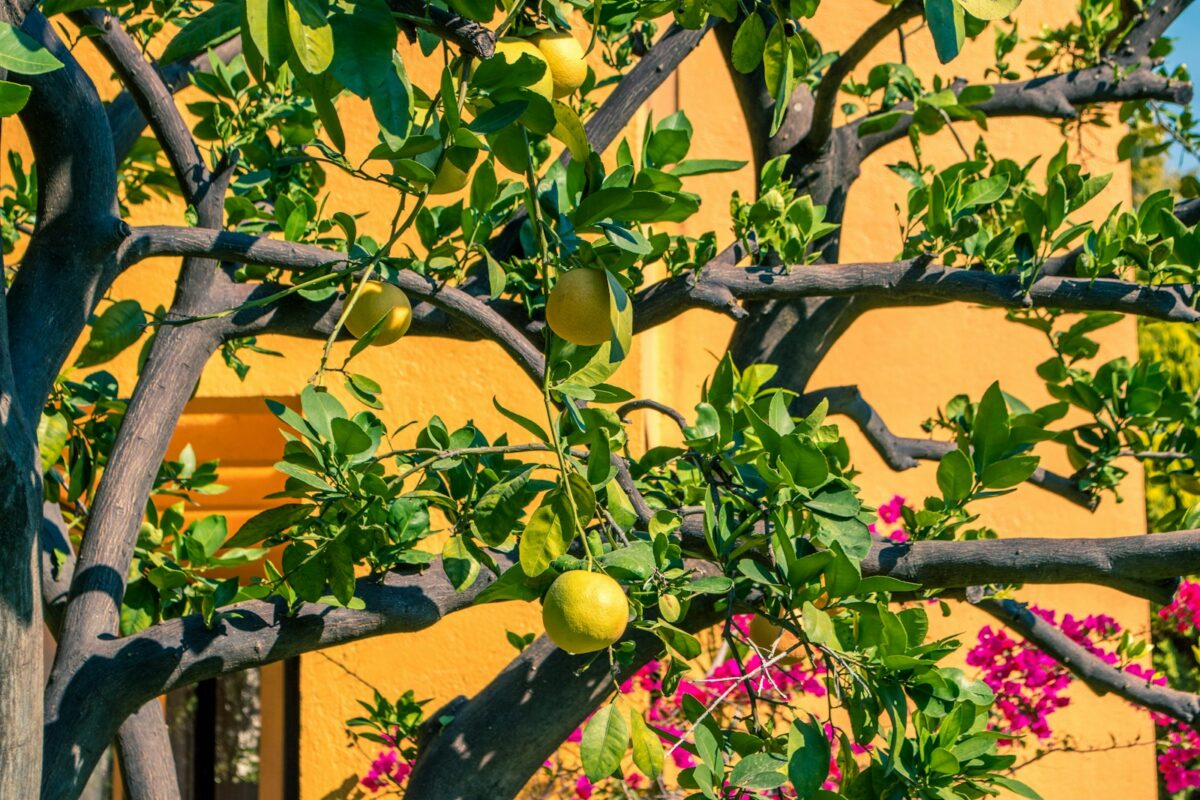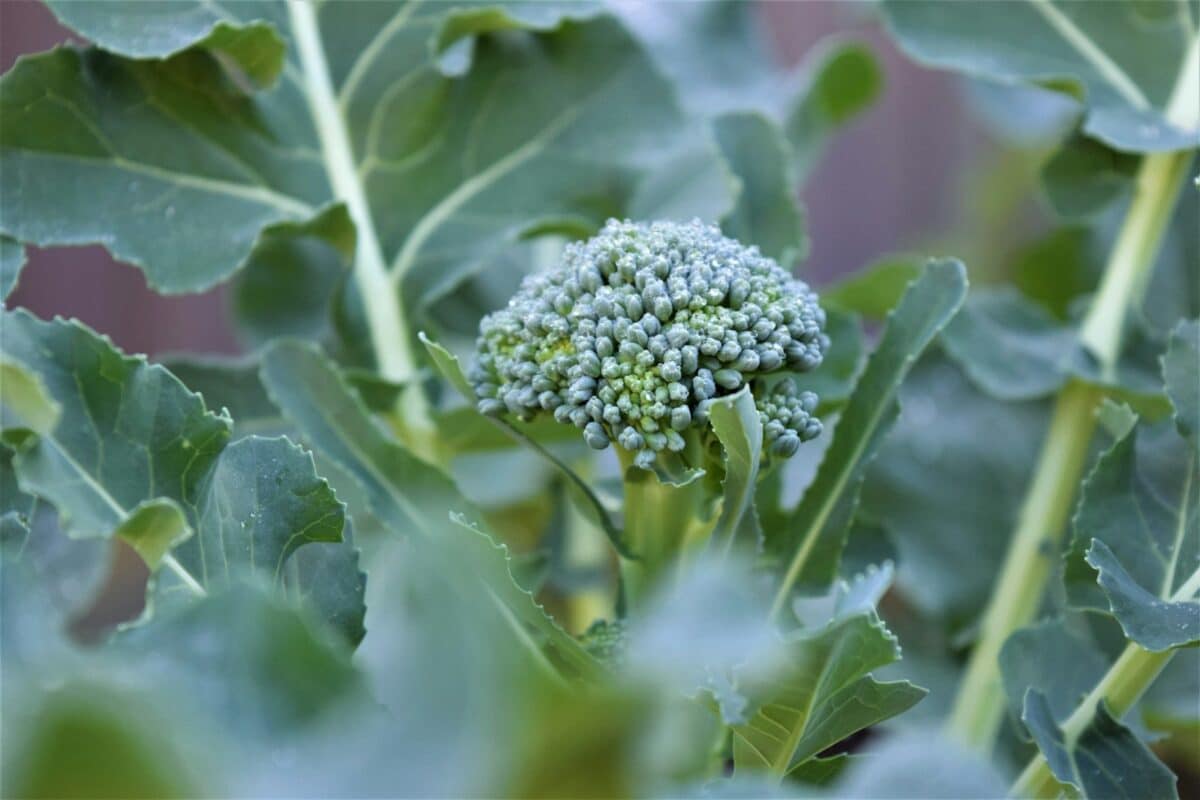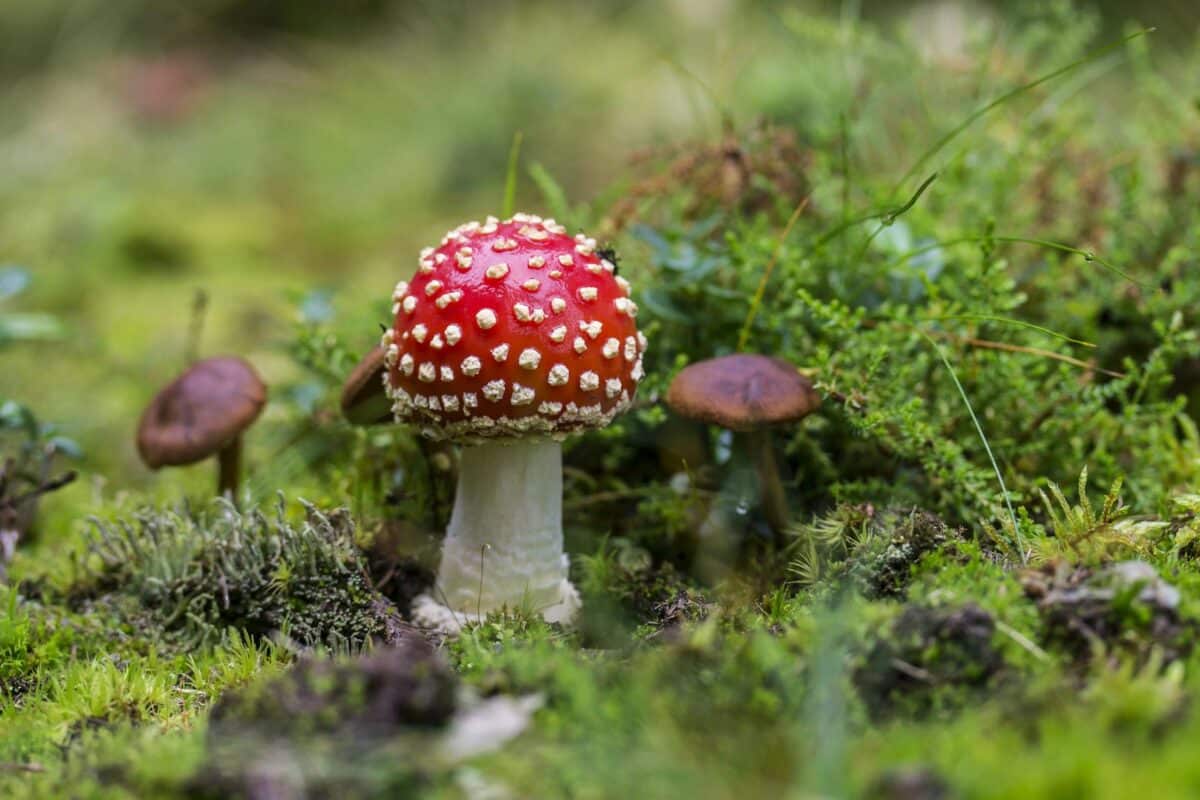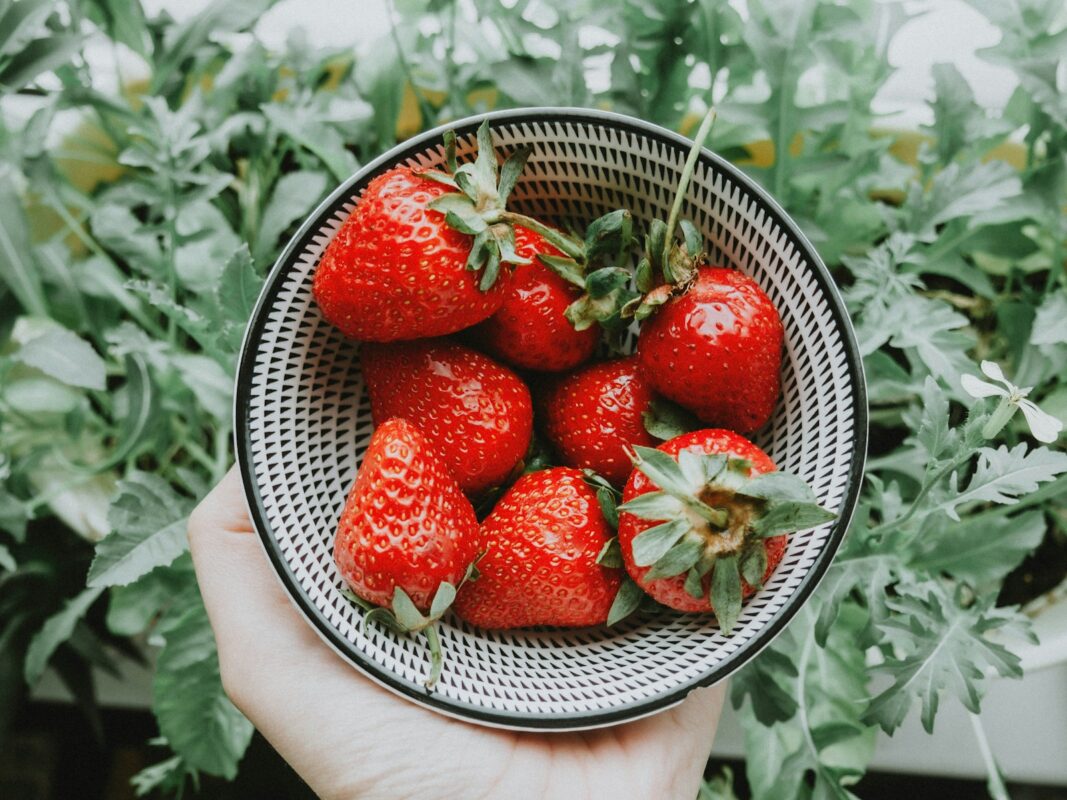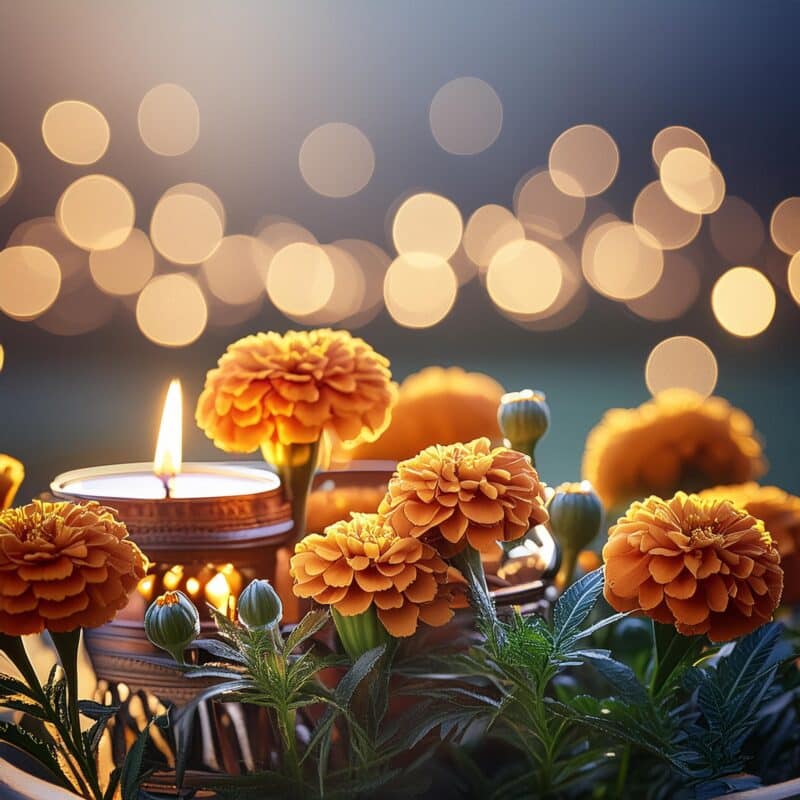-
Troppo Plant & Garden Articles
- Te Puke Region
- TROPPO’s Food Forest in Te Puke, BOP (www,foodforest.org.nz)
- Troppo’s Plant Collection
- TROPPO's Nursery Directory
- Food Forests of New Zealand (www.foodforests.nz)
- Nursery Map - Plant Suppliers of NZ Directory (www.nurserymap.nz)
- Kids Garden Corner
- New Zealand Garden Bird Survey
- New Zealand Garden Groups
- Delicious Recipes
What flower seeds germinate quickly?
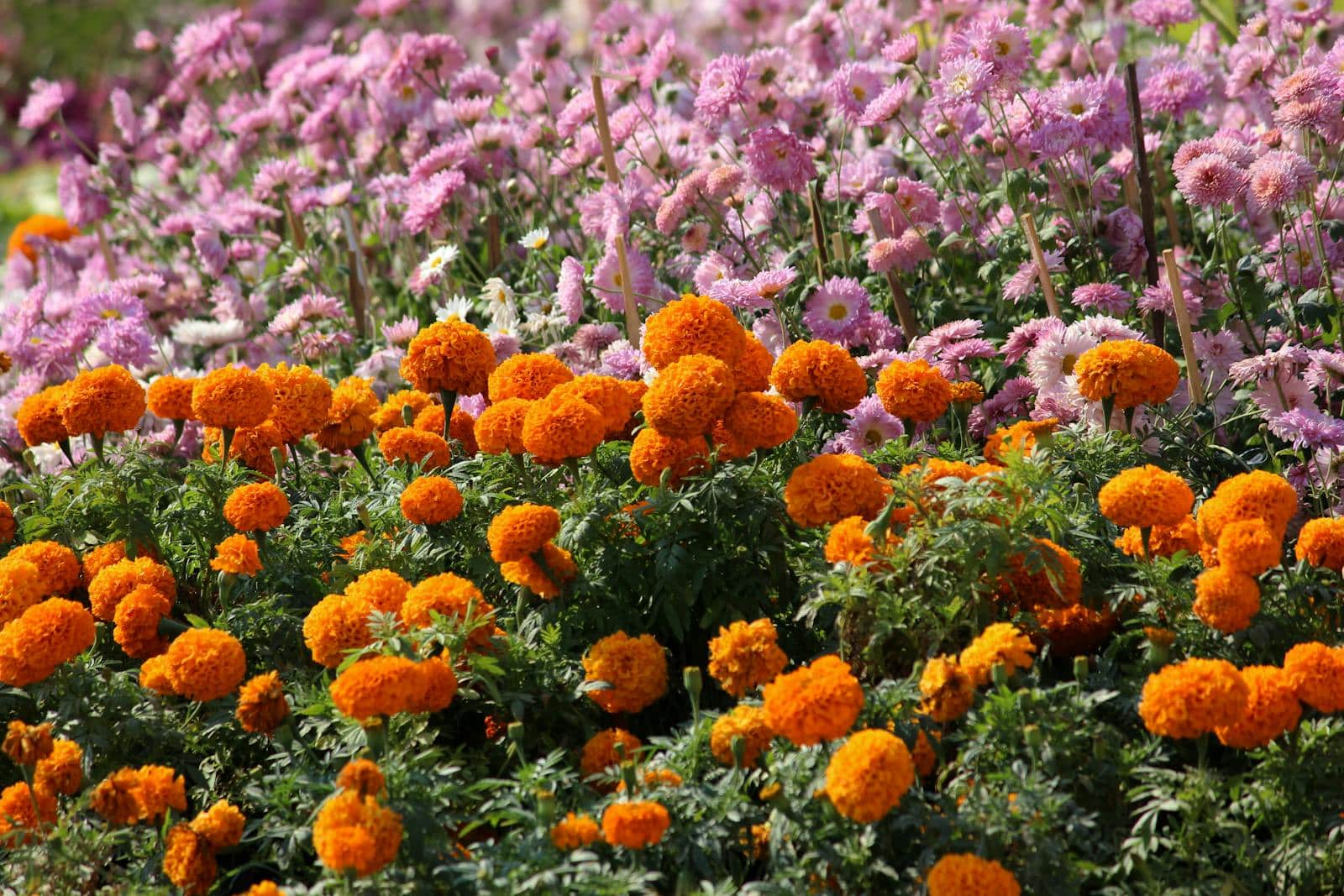
Question. Hi there, can you tell me which seed varieties germinate in about 7 days. I am making miniature scenes (instant fairy gardens) for our school calf club display and I was wondering if there was anything that I could bulk buy that was suitable. I am also looking for best non-toxic wild flower mix to plant outside my classroom please.
Answer. Creating miniature scenes like instant fairy gardens for your school calf club display sounds like a delightful project! For quick results, you’ll need seeds that germinate rapidly. Additionally, planting a non-toxic wildflower mix outside your classroom will enhance the outdoor space with beauty and safety in mind. Let’s explore some suitable seed varieties and wildflower mixes for your needs.
Quick-Germinating Seed Varieties
For your fairy gardens, you’ll want seeds that sprout quickly to ensure your miniature scenes are lush and vibrant in time for the display. Here are some seeds that typically germinate in about 7 days:
- Radishes: Radish seeds are known for their rapid germination, often sprouting within 3-7 days. They also grow quickly, providing greenery in no time.
- Mustard Greens: Mustard greens germinate in about 4-7 days and add a lovely green touch to your miniature gardens.
- Cress: Cress seeds can germinate in as little as 3-5 days. They are easy to grow and perfect for small-scale displays.
- Turnips: Turnip seeds usually germinate in 5-7 days and offer lush foliage suitable for fairy garden scenes.
- Basil: Basil seeds can sprout in 5-7 days under the right conditions. They are not only quick-growing but also aromatic.
- Spinach: Spinach seeds generally germinate in 5-9 days, making them a good option for quick greenery.
You can bulk buy these seeds from garden centers or online suppliers to ensure you have enough for your project.
Best Non-Toxic Wildflower Mix for Schools
When selecting a wildflower mix for a school environment, it’s important to choose non-toxic varieties that are safe for children and wildlife. Here are some considerations and recommendations for creating a beautiful, safe wildflower garden outside your classroom:
Considerations for Non-Toxic Wildflower Mix
- Safety: Ensure that all selected plants are non-toxic to humans and pets.
- Local Adaptation: Choose wildflower species that are native or well-adapted to your local climate and soil conditions in South Canterbury.
- Pollinator-Friendly: Opt for varieties that attract beneficial insects like bees and butterflies.
- Low Maintenance: Select hardy plants that require minimal care once established.
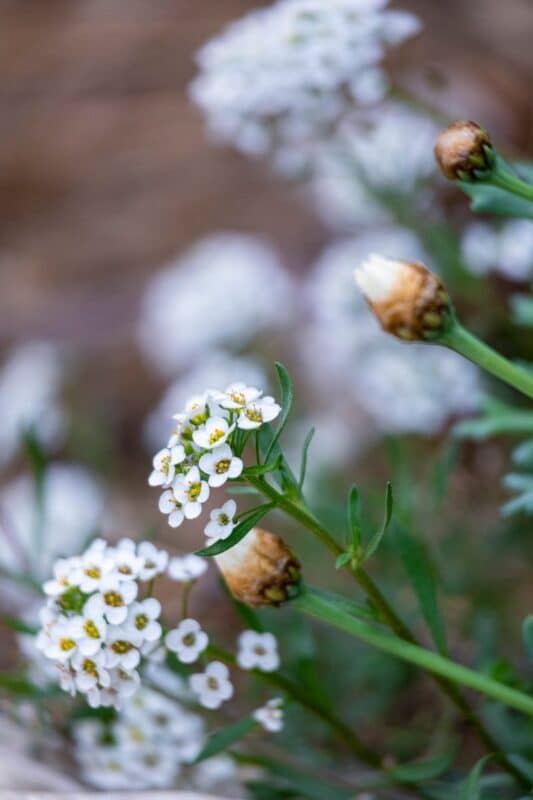
Photo by Olivia Fernández Sosa on Pexels
Recommended Non-Toxic Wildflower Mix
Here are some non-toxic wildflowers that you can include in your mix:
- California Poppy (Eschscholzia californica): Bright orange flowers that are easy to grow and attract pollinators.
- Cornflower (Centaurea cyanus): Also known as bachelor’s buttons, these blue flowers are safe and beautiful.
- Marigold (Tagetes): Cheerful and vibrant, marigolds are non-toxic and great for adding color.
- Cosmos (Cosmos bipinnatus): These flowers come in various colors and attract bees and butterflies.
- Zinnia (Zinnia elegans): Zinnias are easy to grow, come in a wide range of colors, and are non-toxic.
- Sunflower (Helianthus annuus): Smaller varieties of sunflowers can add height and interest without being toxic.
You can purchase pre-made non-toxic wildflower mixes from reputable seed suppliers. Look for mixes specifically labeled as safe for children and pets to ensure all included species are non-toxic.
Conclusion
For your instant fairy gardens, consider seeds like radishes, mustard greens, cress, turnips, basil, and spinach, which all germinate in about 7 days. For the wildflower garden outside your classroom, choose a non-toxic mix including California poppies, cornflowers, marigolds, cosmos, zinnias, and sunflowers. These plants will provide a safe, vibrant, and educational garden space for everyone to enjoy.
Happy gardening, and best of luck with your school projects!


